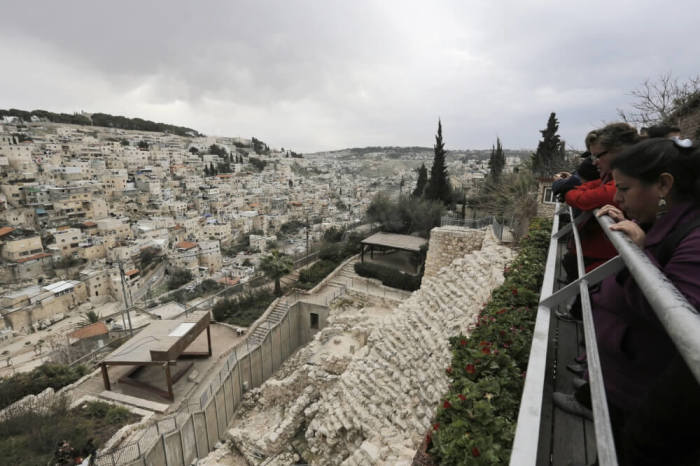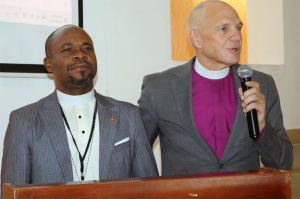Archaeologists Discover Evidence of Battle for Jerusalem 2,000 Years Ago

Archaeologists of the Israel Antiquities Authority have found evidence of the last battle between Roman soldiers and Jewish rebels which led to the destruction of Jerusalem about 2,000 years ago, and they have also discovered a road where "Jesus would have walked."
The archaeologists have discovered arrowheads and stone ballista balls on the main street that leads to the Temple, says the Antiquities Authority's website in a statement in Hebrew.
The Siege of Jerusalem by the Roman army ended with the sacking of the city and the destruction of its Second Temple in the year 70. The Roman army, led by the future Emperor Titus besieged and conquered the city of Jerusalem. Jews had barricaded themselves in the city since the year 66.
The excavation, which has been underway for the past several years, has also discovered a road running from the city's gates and the Pool of Siloam to the Temple, where Jesus would have certainly walked, according to Aleteia.
The road was constructed after King Herod's rule, and possibly during there time of Roman governor Pontius Pilate.
"Recent research indicates that the street was built after Herod's reign, under the auspices of the Roman procurators of Jerusalem, and perhaps even during the tenure of the Roman governor Pontius Pilate, who is also known for having sentenced Jesus to death by crucifixion," said Nahshon Szanton and Moran Hagbi, one of the directors of the excavation on behalf of the authority, according to Jerusalem Post. "This conclusion sheds new light on the history of Jerusalem in the late Second Temple period, and reinforces recognition of the importance of the Roman procurators' rule in shaping the character of Jerusalem."
The part of the road discovered is about 100 meters long and about 7.5 meters wide, and paved with large stone slabs.
The researchers expect to unearth the entire length and width of the street within five years to complete the excavation of the site, according to Dr. Yuval Baruch, the Antiquities Authority's Jerusalem region archeologist.
"In fact, one can consider the current excavations in the City of David a natural continuation of the previous archeological excavations of the site, which were begun in the past by European and American scholars," Baruch was quoted as saying. "About four years ago, archeological excavations were renewed along the street, this time in order to expose its full length and width. When the excavations are completed, the remains of the street will be conserved and developed and made ready to receive the tens of thousands of visitors who will walk along it."





























